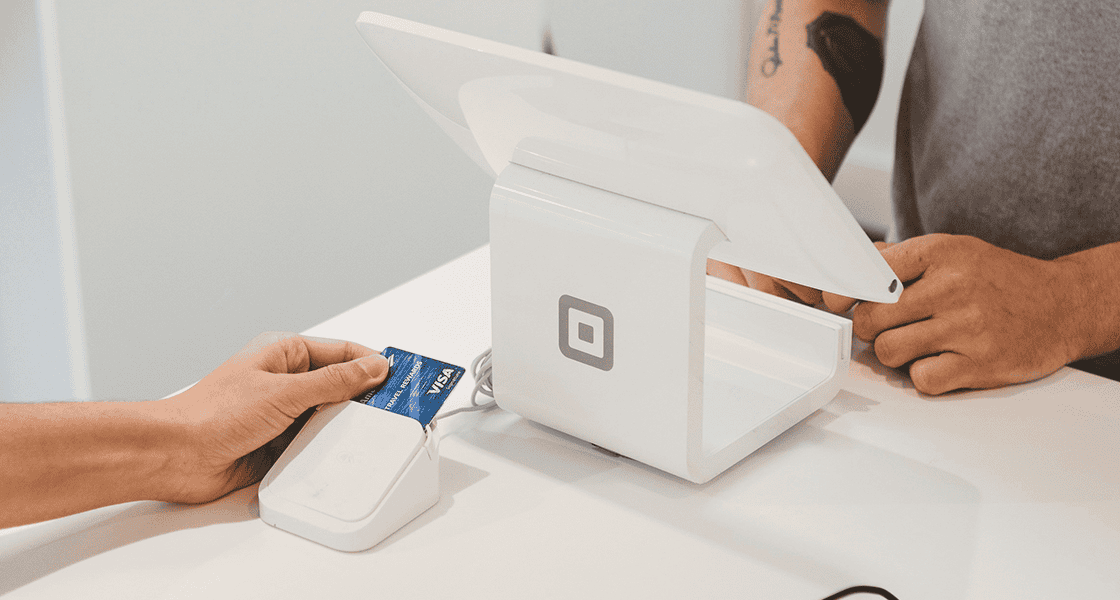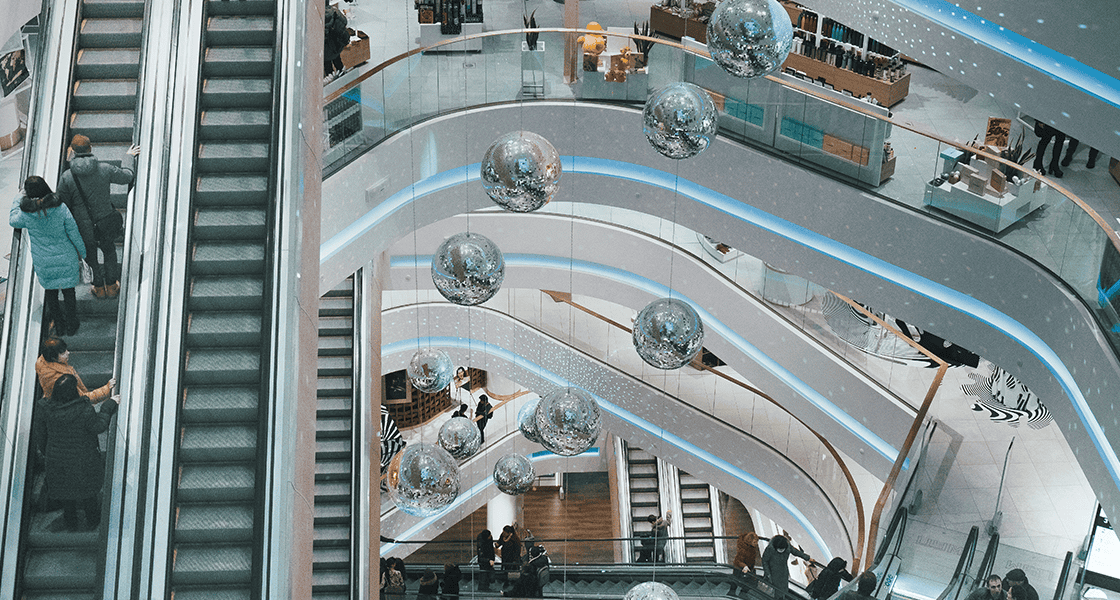Retail & Distribution
Frictionless Retail: Digitizing the Store
14 October 2016
Technology has reshaped much of the world as we know it, and the retail industry is no exception. Today, the digitized and highly personalized retail environment has transformed the way in which customers shop. They choose to research style, price and the competition online, and share their shopping experience with others through social media, blogs and more. They may do so on their couch, on the go or while in-store.
This means that by the time a customer steps into the physical store, they already knows exactly what they want and how much they’re prepared to pay. With the shift of power from supply to demand, the onus is on brands and retailers to provide an augmented shopping experience. However, organization are having a hard time taking the digital plunge to unify their commerce and engagement operations.
Siloed Organizations Hinder Digital Transformation
A recent study from RIS News, Unified Commerce Game Plan, found that 45% of retailers have either mostly siloed tech stacks or mostly siloed tech stacks with only minimal database consolidation for their enterprise systems. In other words, almost half of retailers have siloed systems with inherent complexity and inefficiency that are holding them back from quickly deploying the functions and services that shoppers want. The main reason for this is that retailers have been building sales channels one at a time, or have relied on third-party partners to add disparate digital touchpoints that don’t play well with each other. This disconnected approach is what’s impacting retailers, their bottom line, and above all, their customers’ experience.
Online + Offline Convergence = Retailers’ Holy Grail
Many businesses are talking about digital transformation, but its implementation varies from one retailer to the other. The strategy is a paradigm shift that relies heavily on technological evolution. The exponential developments we’ve seen in all things digital in the last decade have completely revolutionized the way in which organizations operate. From working practices and distribution channels to marketing methods and even the types of people they employ, businesses have had to be flexible in order to quickly and effectively adapt to the new, digitized retail world, so they don’t get left behind.
The digital transformation has given retailers the opportunity to unify their online and offline touchpoints and offer a connected experience. This convergence or blurring of channels is characterized by the following examples (not an exhaustive list):
- In-store Wifi access for shoppers
- Clienteling tablets for sales associates
- Interactive touchscreens (e.g. catalogs, videos, etc.)
- Interactive mirrors
- Appointment in-store via website
- Beacon technology
- Buy Online, PickUp in Store (BOPIS)
- Buy Online, Return in Store (BORIS)
- Shop online while in-store
- Access online basket in store
Merging offline and online channels is fundamental if a retailer wants to adapt to the new ways in which consumers shop and provide them with the seamless omnichannel shopping experience they now demand. Not forgetting of course that digital is a great area of revenue growth. By 2020, Forrester’s predicts online sales in the United States to reach $523 billion, up 56% from $335 billion in 2015, and mobile devices are expected to be a key driver in that growth (read story).
The vast array of benefits offered in the virtual retail space – think price comparisons, product recommendations, reviews, videos, greater variety and convenient checkouts – are becoming increasingly available in bricks and mortar stores as they embrace the digital revolution.
Engagement Platforms
Modern consumers have now caught on to traditional in-store marketing ploys, meaning they are often less than successful when it comes to driving engagement. Instead, retailers must adopt new tech-based strategies that capture the attention of the shopper while providing them with the information they need and the experience they desire. Whether it’s motion-activated videos showing product demonstrations or related content, or free Wi-Fi with the lure of an offer or mobile coupon in exchange for an email address, there are countless opportunities available to retailers.
iBeacon, for example, provides another funnel of consumer engagement. Using Bluetooth low energy proximity sensing, mobile devices will automatically perform a specific action when they come into close range of an iBeacon. Many retailers have made proximity campaigns a big part of their overall marketing strategy, including Walmart, which uses iBeacons to send push notifications of discounts and promotions to in-store customers. Nordstrom has also used the iBeacon to create a seamless omnichannel shopping experience by notifying customers through the app if any items left in their virtual shopping basket are available in the store in which they’re shopping.
Social media has made brand reputation more important than ever. With the swipe of a cell phone, it’s possible to praise the positives or shame the shortcomings of your brand to a worldwide audience and, as we know, once something hits the internet, it will exist in cyberspace forever. Despite the fact that social media is a digital activity, there’s a definite space for it in your in-store retail experience. Successful examples include Nordstrom’s use of its Pinterest fan base to highlight and offer promotions on ‘most-pinned’ products in-store, while encouraging social engagement. Marc Jacobs has also been known to utilize social media with great success. During New York Fashion Week in 2014, they opened a pop-up shop in Manhattan and sought to promote their line of Daisy fragrances with the help of social media. Encouraging their customers to send a tweet or post an Instagram photo about the new line using a designated hashtag in exchange for complimentary gifts, the brand received more than 13,500 Twitter and 4,300 Instagram mentions*.
Commerce Platforms
Two key areas of digitization are the evolution of mobile POS and enhanced clienteling, both of which have transformed the service that can be offered by in-store sales associates. Mobile POS ramps up the convenience level of in-store shopping by allowing associates to take the purchase process to the customer. This eliminates the need for frustrating check-out lines and means that shoppers can make a purchase anywhere in the store. Comprehensive inventory management is standard in many POS systems, meaning that sales associates can stock-check other branches and confirm delivery dates at the touch of a button. These capabilities highlight the vast improvement that mobile POS can make to a consumer’s overall shopping experience.
Enhanced clienteling is by far one of the most powerful weapons in a retailer’s arsenal. The definitive increase in the amount of personal data available to sales associates gives them the power to offer a far more streamlined service. This could include: recalling a customer’s previous purchase information, easy transfer of loyalty points, the ability to look up personalized offers or rewards, etc.. The greater the amount of consumer information on file, the greater personalization the sales associate can offer them, ensuring that customers receive a service worth sharing (read story).
There’s no doubt that the digital transformation has been a major disruptor in the retail industry. The demands of consumers have kept pace with the rapid evolution of technology, but with plenty of areas of digitization to experiment with – including clienteling, mobile POS, social media, RFID technology, iBeacon and more – there are many ways in which retailers can embrace the shift and reap the benefits that will help their business grow.
More importantly, retailers should take a look at their internal systems and ensure that databases are consolidated in order to extract the insights needed to offer both personalized and relevant experiences. To become truly connected retailers, CEOs must be the driving force behind digital transformation because this isn’t the responsibility of just one department – it’s the responsibility of the entire organization! With everyone on board, retailers can expect a positive impact on customer experience, satisfaction and sales.
Cegid Innovation Store: Showcasing the Connected Shopping Experience
In June 2010, Cegid created the Cegid Innovation Store (CIS), a life-size store to showcase all the latest technological, marketing, software and hardware innovations available to improve store performance. It serves as a laboratory of ideas and innovations that will prompt visiting retail professionals to rethink their store concept and offer their customers a modern, connected shopping experience.
To give all retailers the opportunity to experience the CIS, Cegid has launched a virtual version at Cegid Innovation Store. Visitors from around the world can explore new technologies as an extension of the physical store experience.
Cegid uses a novel approach to guide visitors on a tour of the store, demonstrating how the shopping experience and point of sale can be digitized with scenarios including click & collect, mobility, clienteling, sensorial marketing & and social rewards, social network analysis, RFID, connected devices, etc.
*http://sendible.com/insights/how-retailers-can-use-social-media-in-stores-to-drive-sales


